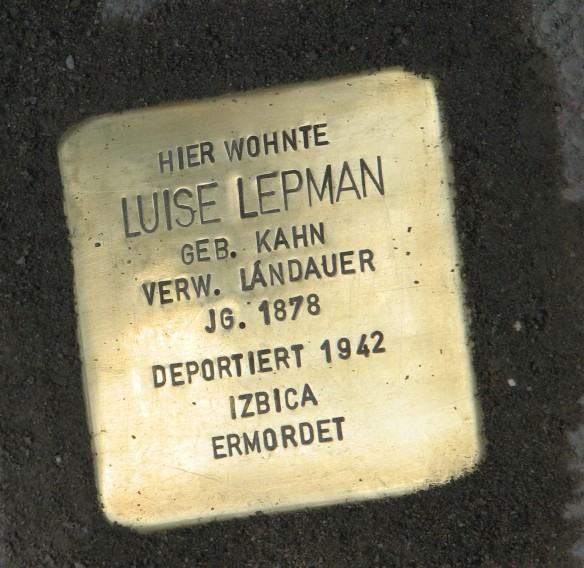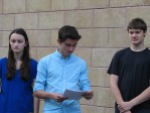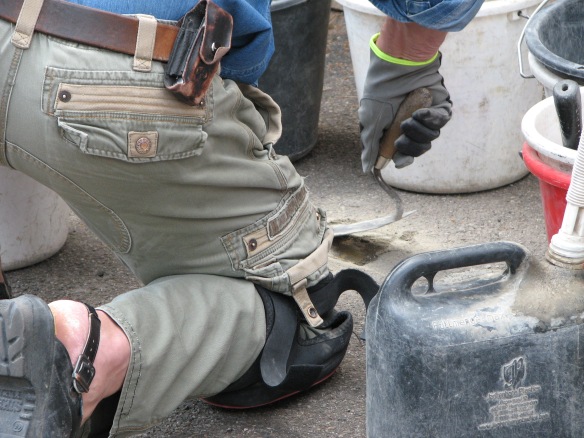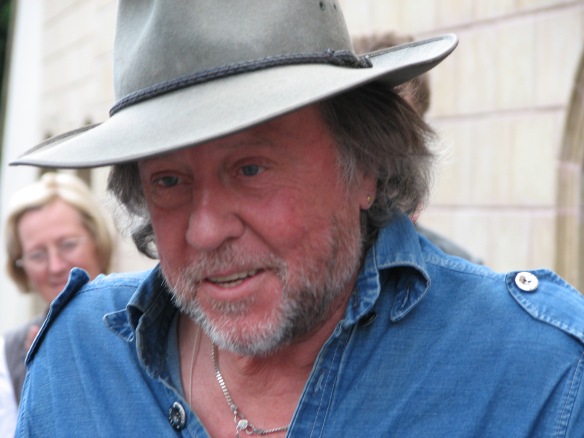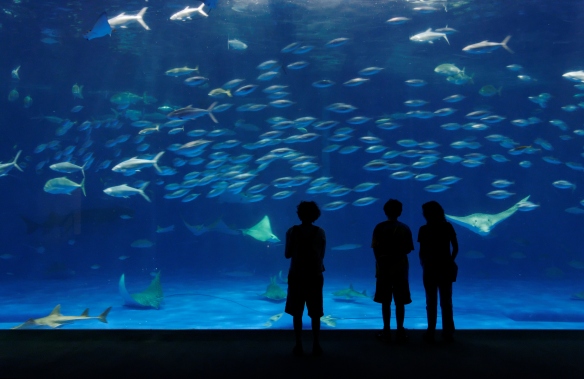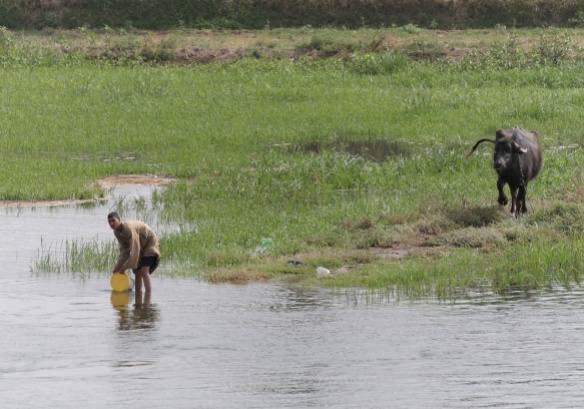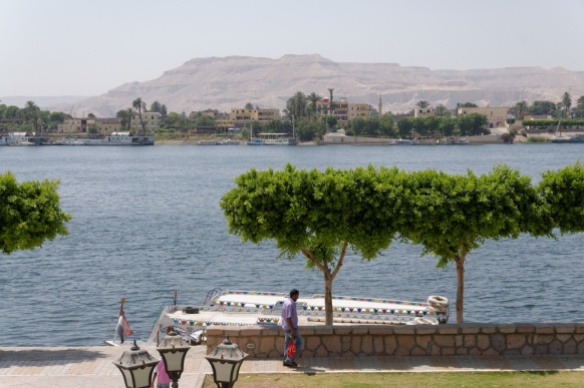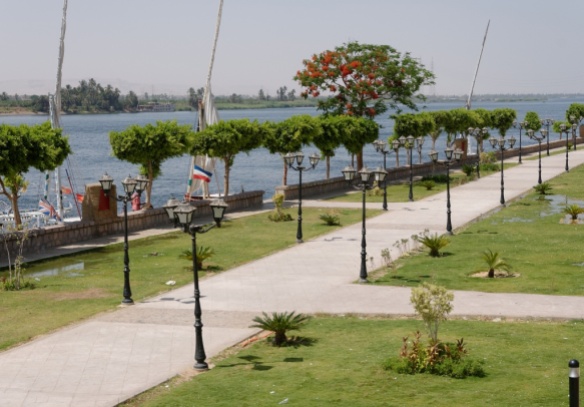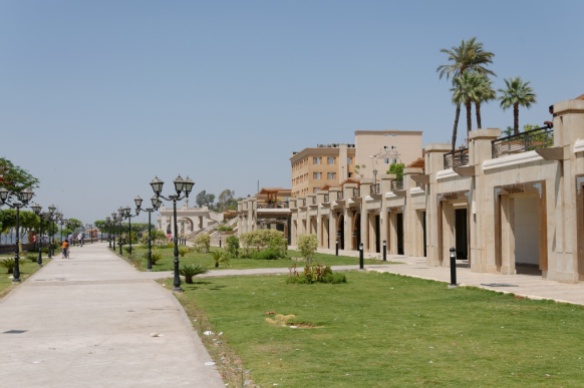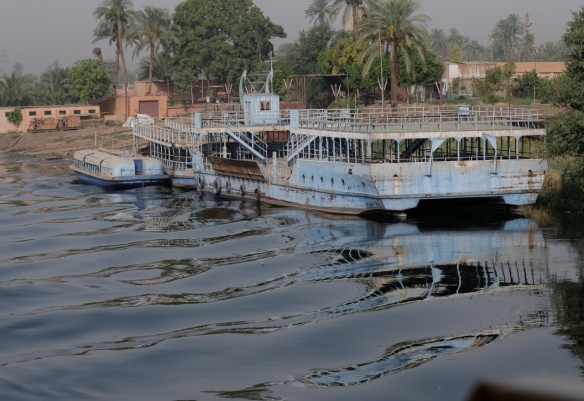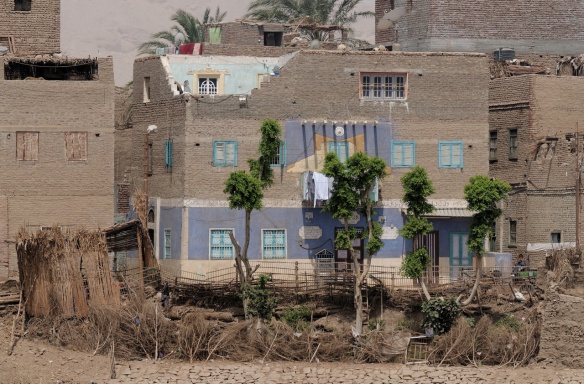“The danger was all the candles. I’d set some on the back of the toilet and on the edge of the tub so people could see to use the facilities. And we placed an old candelabra in the living room. Lynn bent over it and just about lit her bangs on fire. After that just grownups were allowed to go near any candles or handle the lanterns or grill. Responsible adults only.” Her eyes focus far in the past.
“But it was like a party.” Keith contributes, “We were all together. The Robinsons were our best friends and our kids were all roughly the same ages and in the same grades and played together. If this was the end of the world, I was glad the kids were safe and well fed, I’d just eaten a great steak, and I was with the people I care for most. Although if I’m honest, if I remember right that steak had freezer burn. And it was cold outside; it was November. But I remember it this way, the best meal and one of the best nights of my life. Isn’t that funny?”
“Funny….” Sue’s voice trails off.
I don’t know if she considers it funny ha-ha or funny terrible. Maybe both. Cass and Jolie have finished their meals and sit. Their eyes move in their faces as they follow our conversation.
“We didn’t talk about what was happening. It’s not that it happened fast; just the opposite. It was all so gradual. Information kind of trickled out.”
Our own meals arrive, and they fall silent. The waiter leaves, Timber and I start to eat, and only then do they return to the story.
“On the drive home from work,” Keith continues, “I listened to the radio. And while no one reported it as a possible attack, I know that’s what I suspected. I was going to keep that to myself and not worry my family. But when I walked in the house I took one look at Sue’s face and knew that she was thinking the exact same thing. But all she asked was, ‘The city too?’ and before I could do anything more than nod a yes the kids burst through the door to tell me all about the lights in the whole neighborhood going out. We just kind of looked at one another over their heads and it was parents’ mental telepathy, as parents we were going to guarantee their last night on Earth was, like Lynn kept saying about the house being lit up with candles, ‘magic’. And, Jeff.” Keith takes a big swallow of water and resumes in a low pitch.
Timber leans forward to hear.
“He wanted to help. Together we filled a bunch of gallon jugs and pitchers with water. Then the sinks and the bathtub. Later when all the kids had gone to bed we sat with Jerry and Irene and had a night cap. They left and went back next door.”
“’I want to check on the kids,’ Jerry told you,” recalls Sue. “That night was the first time I thought of him as a good dad. Irene always had to haul him home once the two of you got going drinking beer or shooting the breeze out back.”
“Beer drinking doesn’t make someone a bad parent. But yeah, he liked his booze. A twenty-year old Scotch on the last night on earth isn’t a bad thing.”
Sue turns to the girls. “Cass, you referred earlier to Nine-Eleven. In 1965, the scariest thing was the not knowing. Nine-Eleven was a different story. With that one it was clear pretty quick who the enemy was. We used that information as an excuse to act out our lowest common denominators.”
Cass tenses. “Gram, you don’t really think that, do you?” It’s not a question; it’s a plea.
Timber, Sue, Keith and I exchange glances. Keith and Sue sit up a little straighter. “Never get old people rambling about the past,” Sue smiles at her granddaughter, asking forgiveness. “My story happened half a century ago, and kind of feels like more than a world away from what’s going on now. But it’s the same historic loop: humans scared this time we’ve blown it. But,” she folds the pleat in her cloth napkin, running an arthritic index finger along its seam, “maybe not. We’ll pull through. And the important thing is to be with the people you care about.”
“If you’ll excuse me.” Timber pushes his chair back and heads for the restrooms at the back of the restaurant.
© Jadi Campbell 2016. From Grounded. Go to following link to order my books: https://www.amazon.com/author/jadicampbell



